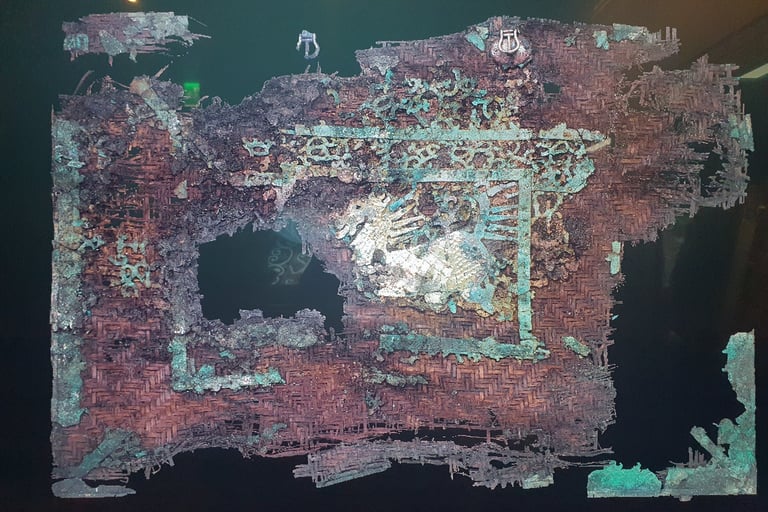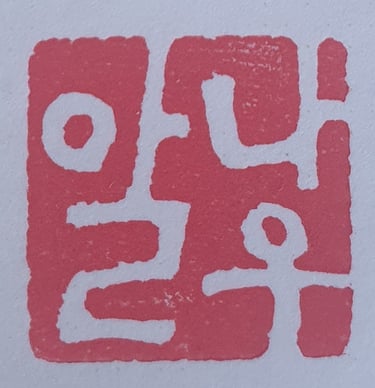The kingdom of Silla, founded in 57 BCE, was one of Korea’s Three Kingdoms, alongside Goguryeo and Baekje. But Silla didn’t just exist—it achieved the incredible feat of unifying the Korean Peninsula in 668, ushering in an era of prosperity and cultural brilliance.
From small kingdom to great ower
At first, Silla was a modest kingdom, ruled by the Park dynasty, then the Seok dynasty, before the Kim family took control and expanded its influence. King Naemul (356–402) established Silla’s first strategic alliances with China, laying the groundwork for future unification.
Unification: A well-planned strategy
Silla couldn’t defeat its rivals alone, so it allied with the powerful Tang dynasty of China. Under Queen Seondeok and King Muyeol, this alliance led to the fall of Baekje in 660 and Goguryeo in 668, thanks to the military genius of General Kim Yu-sin. Thus, Unified Silla was born!
A golden age of culture
After unification, Silla centralized its administration and nurtured the arts and Buddhism. The capital, Gyeongju, became a cultural treasure trove. Iconic monuments like Bulguksa Temple and Cheomseongdae Observatory were built during this time. Silla’s art and architecture influenced East Asia for centuries.
Decline and the end of an era
Despite its peak, Silla couldn’t escape internal strife. Power struggles, corruption, and peasant uprisings weakened the kingdom. New leaders like Gung Ye and Gyeon Hwon established rival states, marking Silla’s decline. In 935, the last king of Silla abdicated in favor of Wang Geon, founder of the Goryeo dynasty.
A lasting legacy
Though Silla disappeared, its impact on Korea remains profound. Its cultural influence, particularly in art and Buddhism, is still visible today. The city of Gyeongju, with its many UNESCO World Heritage sites, stands as a fascinating reminder of this glorious era.
Silla wasn’t just another kingdom—it left an indelible mark on history.



